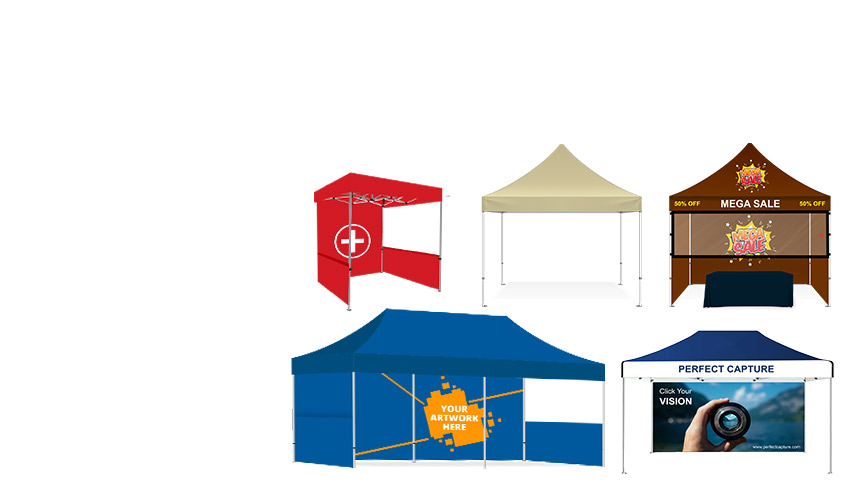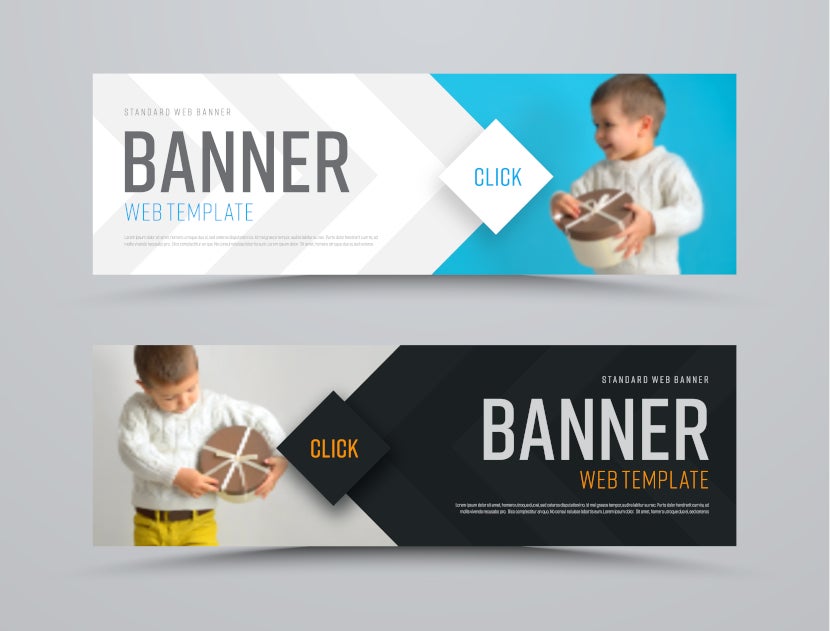In today’s digital world, the primary focus of businesses is optimizing their online presence to attract more customers. It’s the need of the hour, as most customers are primarily interacting with brands through online channels. Not being active in the digital world is a significant opportunity loss for your business. However, customers’ offline experience matters just as much as your online presence.
You don’t want customers who have seen your excellent content on social media to walk into your store and be disappointed with the experience. Enhancing the offline experience can help you build an emotional connection with your customers. When the offline experience is personalized, it increases the lifetime value of each customer, generates higher foot traffic, and boosts sales.
Read on to discover the steps you should take to deliver a great offline customer experience.
Decide the Voice of the Brand

You can’t offer a desirable customer experience unless you define its terms. The best way to approach this is to envision what the customer should feel at the end of the interaction. Start with a set of statements you want to associate with your company’s core values, culture, vision, and mission statement.
These statements will act as your yardstick for further steps and give you clarity on whether a particular action will translate into a desirable customer experience or not. For instance, if you plan an offline event, be specific about the end goal. Every interaction, design decision, and step of the user journey should relate back to these core values and your brand voice.
Create a Customer Profile
Think about the demographics of the customers who would walk into your store or buy your product. It’s a helpful exercise that’ll give you valuable information for your marketing and advertising strategy. Creating custom packaging and promotional marketing materials will become easier when you know what your target customer looks like and how they behave in the retail space.
Listen to Your Customers
Once you’ve identified the customer profile, it’s time to build an emotional connection with your clients. Make your customers feel understood by listening to their pain points and brainstorming how your product or service can alleviate these issues. When customers respond to you on social media, acknowledge their comments and let them know you value their feedback. You can even post surveys on social media or through email to generate targeted user feedback.
Train Your Staff

At the end of the day, your customers will interact with your staff in some way. If they’re not well-trained, this entire exercise is in vain. All employees, particularly customer-facing employees, must understand the brand’s voice and play a crucial role in imparting it to the customers. Let them know what an ideal customer experience looks like and the steps they can take to deliver it. Fill them in on what they can do to personalize the experience and make the customers feel special.
Apart from this, you may want to prepare them for conflicts and negotiations with customers. These are the two scenarios in which the customer experience might get compromised. Having a strong company culture and appropriate training protocols will ensure your brand identity is well represented by your staff and promotes a positive experience for employees and shoppers alike.
Hold Offline Events
Finally, it’s essential to share your brand’s story with customers and position your business in the market. This step is particularly crucial if you’re only running your business online. Events like farmer’s markets,pop-up shops, or in-store collaborations will provide your customers with the opportunity to interact with your brand and learn what you have to offer.
You can set up a pop-up store in a mall or an exhibit at a local flea market. Customers will be more interested in your business if they can see the people behind your brand and experience the products firsthand. When you’re planning something like this, you may want to use promotional marketing materials like brochures to spread the word about the event. It’s essential to create a buzz and get people excited about a new experience.
Seek Continuous Feedback
Nothing can help you deliver the kind of customer experience you desire like having conversations with the customers. You can do this by seeking feedback from your sales personnel, customer service, and clients. The idea is to understand what the buyers expect and want from you.
There are several channels you can utilize in order to hear your clients and employees. For instance, open up your social media conversations and give customers a space to share their feedback. You can hold regular meetings or use in-store signs and banners to drive in-person feedback. Incentivize these candid customer interactions so you can obtain honest feedback and enrich the shopping experience.
Personal Touchpoints

Once you obtain the needed feedback, you must find ways to show customers you care. Custom packaging, personalized emails and coupons, and intimate social media interactions can help you build a community around your brand. Perform case studies of high-performing brands in your industry and see how their personalization strategy impacts their customer retention rate. Small steps towards a personalized shopping experience can be automated with CRM software, email campaign programs, and inventory tracking. You can channel these insights to in-store operations with signage, flyers, and well trained staff. This multi-channel approach will keep customers loyal to your brand for years to come.





























 Posted in
Posted in 



